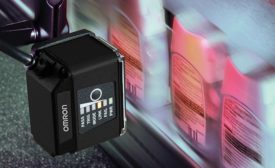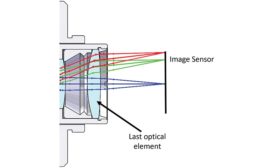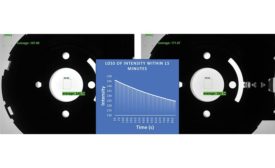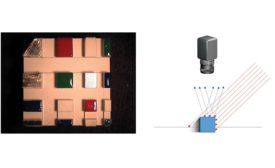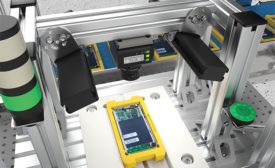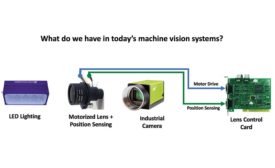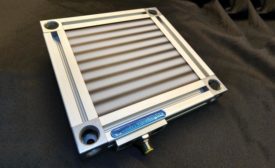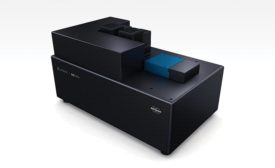Home » lighting
Articles Tagged with ''lighting''
A competent vision designer can optimize image capture at extremely high speeds.
Read More
Design Considerations for New High Resolution and Frame Rate CMOS Sensors
Sensors will continue to evolve, and camera lenses will continue evolving right along with them.
January 1, 2020
Investing in Lighting Control
A number of factors come into play that can affect light intensity.
December 2, 2019
Illumination: The Third Pillar of Imaging System Design
Illumination is an often-overlooked yet crucial aspect of vision.
September 1, 2019
How to Choose a Vision Lighting Technique
5 common vision lighting techniques and 5 critical questions to ask.
September 1, 2019
The Future of Machine Vision Imaging Systems
Beginning with the AIS's camera link standard, the industrial camera portion of the imaging system was standardized.
July 1, 2019
Machine Vision Lens Performance
A number of factors are important in lens design, including lens resolution, spatial distortion, and uniformity of illumination.
May 1, 2019
Patterned Area Lighting Simplifies Imaging of Reflective and Transparent Surfaces
The goal of PAL lighting is to enhance diffiult-to-image flaws so machine vision software can evaluate them.
March 1, 2019
Stay in the know with Quality’s comprehensive coverage of
the manufacturing and metrology industries.
eNewsletter | Website | eMagazine
JOIN TODAY!Copyright ©2024. All Rights Reserved BNP Media.
Design, CMS, Hosting & Web Development :: ePublishing
